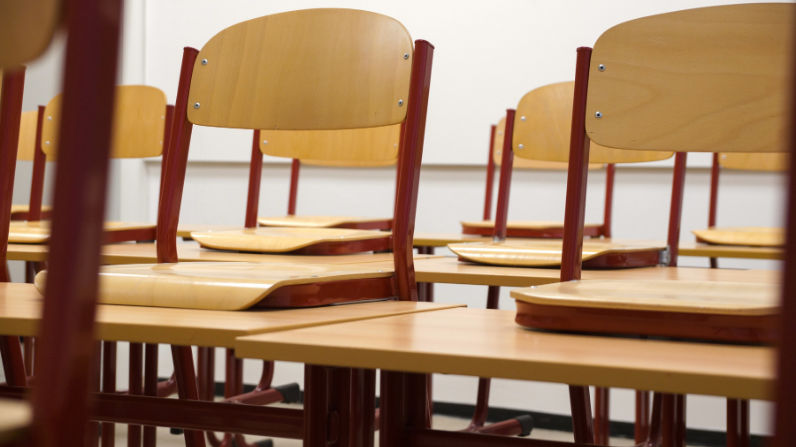Covid-19 pandemic has spared no country, economy, lives, and government. It showed which state governs efficiently, and which does not. While we are yet to comprehend this public health crisis, the world is already pushing for the “New Normal”.
In the Philippines, this implies that the working class risk their lives— grapple the invisible virus because they need to provide for their families. Though many have utilized the bicycle to commute with, more still have to walk kilometers back and forth. Yet they are the lucky ones.
Thousands have lost their jobs due to company closures. And unemployment remains a crucial factor in the occurrence of domestic abuse.
Then there’s this “new” system of education. Students and teachers have to have a smartphone, or laptop, coupled with internet connectivity or course packs. They are barely holding on in these trying times, and these new educational requirements are but an additional burden to them.
An Online Mode of Learning is Anti-Poor
Small businesses are losing revenues and quite a number have closed for good. Funds are hard to come by and online learning poses to use up more of it for gadget acquisition and connectivity expenses. A Cherry Mobile, one of the cheaper brands in the market, unit capable of running the required apps like Zoom, Google Meet, and Canvas range from Php 3,800.00 to Php 9,000.00. Data usage of about Php 50.00 can only be enough for one to two hours of synchronous classes. With internet load depending heavily on class duration, this can go as high Php 2,000.00 per month or even more. All these extra expenses at such atrocious internet speeds.
According to the Philippine Statistics Authority (PSA), in 2018, poor Filipinos account for 16.7% of the population. It may not sound much but know that PSA has set the poverty threshold too low. There are Filipinos above the poverty line who can scantily eat three times a day. They mostly live in conditions not suited for online learning– cramped, noisy, dirty, and unhealthy.
”PisoParaSaLaptop” became a trend and some did benefit from it already. Not a cause for celebration just yet, even if people tend to romanticize resiliency for just that. There are even some reports of students resorting to prostitution just to buy gadgets!
Lack of Quality in Remote Education
The traditional classroom setting of 2-5 classes per day, at 1-3 hours each, for 12-21 units per semester (or 8-10 subjects for non-College education) is already quite draining. To do this remotely is an ingredient of poor mental health.
Aside from connectivity issues, there’s this gray line between school and home now that students and teachers are forced to this setup. They are now expected to juggle academic workloads, household chores, stress brought by the pandemic, and low to zero financial sustenance, all at the same time.
This burden to our students and teachers is remedied only through inclusivity and compassion. If quality education is a consideration, then having online classes is not a viable option. The government should finally give in to cries of #FreeMassTestingNOW and make #LigtasNaBalikEskwela possible. Educational institutions should ensure #NoStudentLeftBehind and come up with solutions on how each one will have access to the required gadgets and internet connectivity. Enough appropriation for the education sector should be made to keep with the current needs of teachers and students alike. Education is not a right when it is not genuine, inclusive, and compassionate. It becomes a privilege, which shouldn’t be the case.
Reference: Mapa, D. (2020, June 4). Updated 2015 and 2018 Full Year Official Poverty Statistics. Philippine Statistics Authority. Retrieve from https://psa.gov.ph/poverty-press-releases/nid/162559
